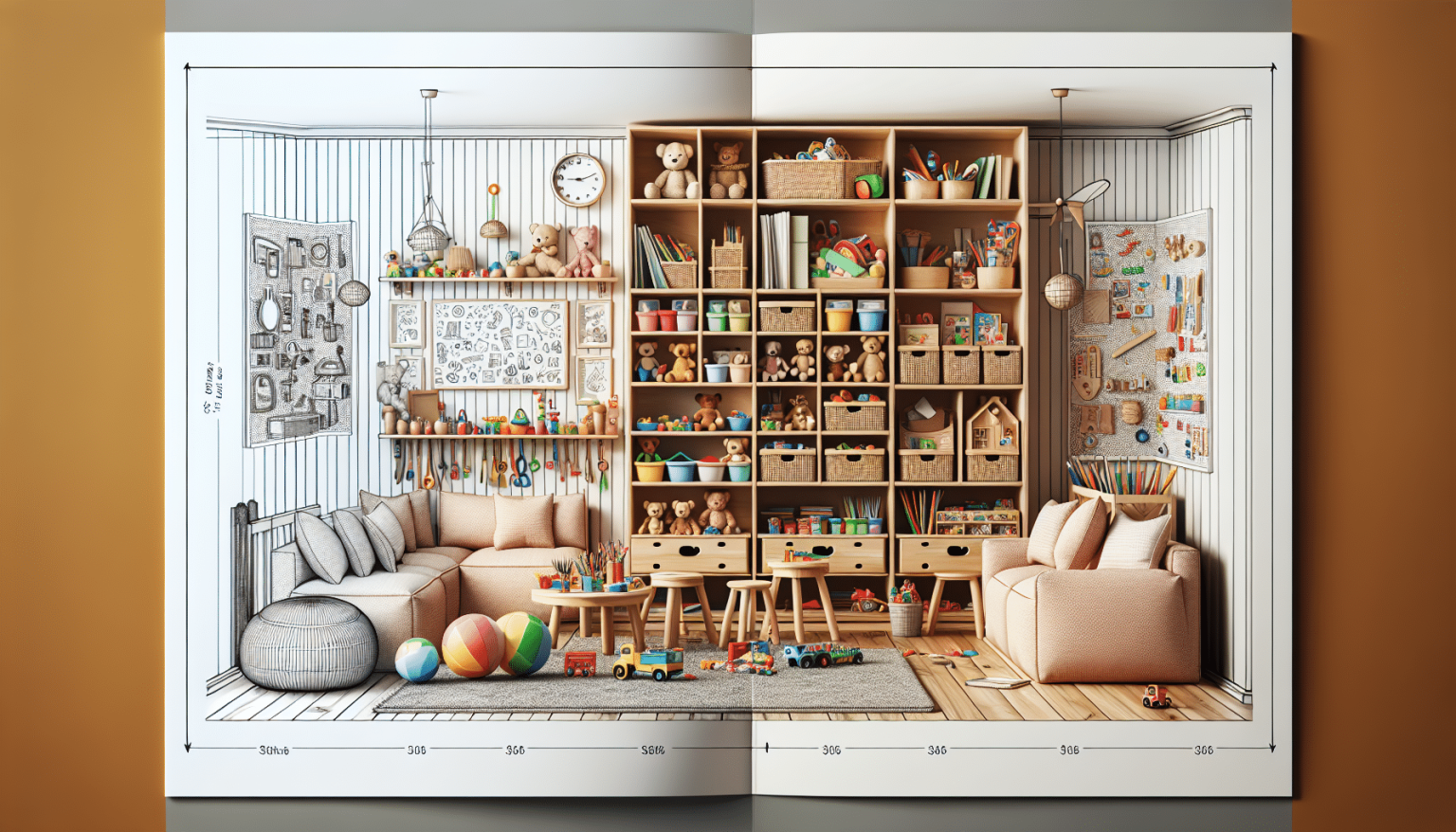The creation of the perfect children’s playroom has become a priority for many parents looking to provide a safe and stimulating space for their child’s development. Decorating this space involves not only choosing the right furniture and colors, but also fostering creativity and fun in an organized environment. To help parents in this task, a complete guide is presented for designing a playroom that meets all these expectations.
The first step to achieving an ideal playroom is to select a suitable place in the house. The rooms should be well-lit, ventilated, and, if possible, have access to the outdoors. This connection with the natural environment can enhance the creativity of children and provide a sense of well-being.
Once the space is chosen, the next aspect to consider is the color palette. Soft tones, such as pastels in blue, pink, or yellow, are ideal to avoid overloading the environment, while bolder colors, such as green or orange, can be used in focal points such as furniture, rugs, or decorations. The combination of colors should not only be visually appealing, but also promote a calm and joyful environment.
Furniture plays a crucial role in the functionality of the playroom. Tables and chairs should be adjusted to the height of children to ensure their comfort. It is also recommended to incorporate multifunctional furniture, such as benches with storage or tables that can be used for various activities. This will help keep the space organized and facilitate the organization of toys, books, and art materials.
In line with organization, open shelves and storage boxes are essential for keeping the room orderly and accessible. Labels can be used to identify the contents of each box, making it easier for children to find what they are looking for. Additionally, establishing different zones within the room, such as a craft area, a reading zone, and a more dynamic play space, will encourage creativity and learning.
Decoration should also include elements that stimulate the imagination. Murals or educational decals with shapes, numbers, or maps can be an excellent option. In addition, hanging a chalkboard on a wall will allow children to express themselves artistically, while the inclusion of soft rugs will ensure safety during play.
To complete the ambience, it is important not to forget about lighting. Natural light is essential, but colored lamps and LED lights can also be incorporated to make the room more cozy and fun. A well-lit environment stimulates activity and focuses children’s attention.
Finally, the personal touch in the playroom should reflect the child’s personality and interests. Including decorative elements related to their favorite characters, as well as family photos or their artwork, will make the space truly special and personalized.
In summary, creating the perfect children’s playroom is a process that involves careful planning and attention to detail. From choosing the space and colors to the furniture, organization, and decoration, each aspect plays a fundamental role in the child’s development and well-being. With this guide, parents can transform a simple room into a haven of fun and learning, where their child can play, explore, and grow.
Referrer: MiMub in Spanish
